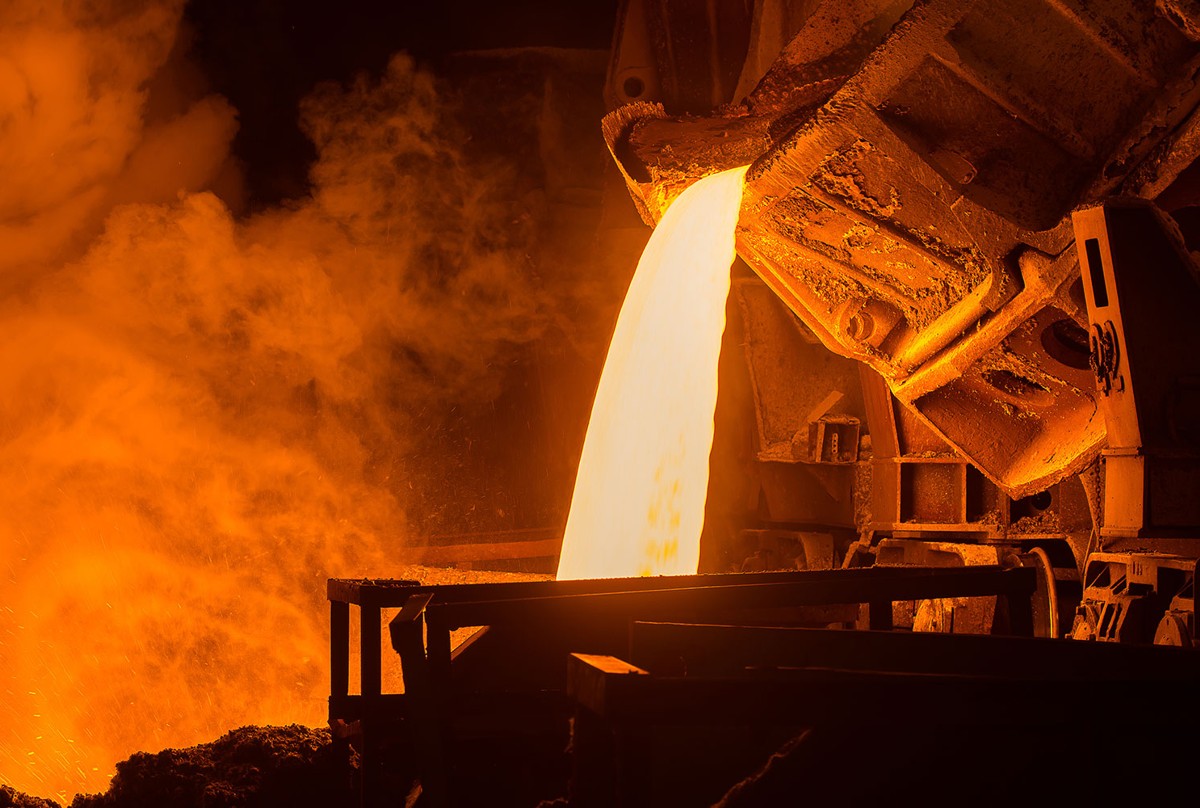Market Data

February 6, 2018
SMU Survey: Has the Market Already Factored in Section 232?
Written by Tim Triplett
As the steel industry continues to wait for President Trump’s decision on restricting steel imports on national security grounds, steel prices continue to rise. Has the market already factored in Section 232?
In Steel Market Update’s latest market trends questionnaire, SMU asked steel buyers: Do you believe existing steel prices include a positive Section 232 ruling on behalf of the steel industry (steel mills) expecting duties or quotas to stem the flow of foreign steel into the United States?
Nearly three out of four (72 percent) said yes, the market has already responded in anticipation of some form of Section 232 trade action. Following are some of their more insightful comments:
- “Steel prices are only due to current reduced import volumes for fear of 232 or circumvention.”
- “To be realistic, there is some effect, but it’s limited. The market is following a similar path to last year with a strong first quarter.”
- “Anticipation of 232 is supporting higher prices, but is not a major reason. General demand is very good.”
- “If further tariffs are announced, have no doubt the mills will still attempt to raise prices further based on that emotion. And if 232 is a bust, they will try to say it wasn’t a factor. However, emotional buyers will be afraid that everything is going to collapse and refuse to purchase without price concessions.”
- “The only game changer would be OCTG getting hit hard, then HR will push to $800 levels.”
- “The industry does not expect a strong positive from Section 232 directly, but it is expected due to the secondary effect of limiting imported tubing and pipe. This is driving up mill HR demand and is evident in the lead times stretching.”
- “Trump can’t risk adding more inflationary pressure to the economy. His actions on solar panels and washing machines were taken because his administration had to show the base they were doing something. They took these limited actions because they know they cannot risk the broader impact that steel tariffs would have. Nevertheless, the threat of 232 is keeping prices elevated.”







